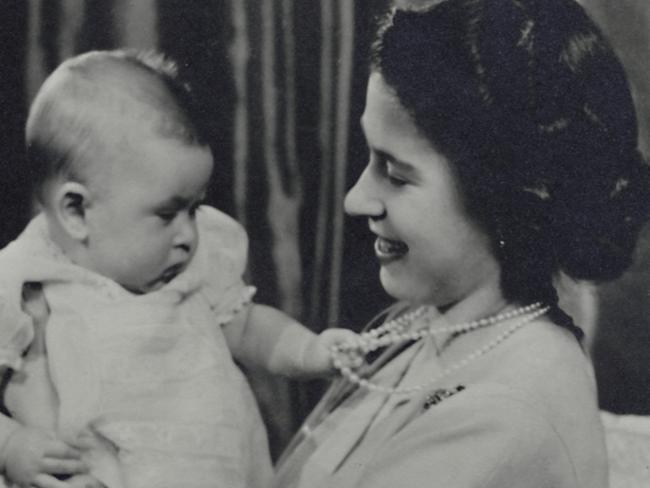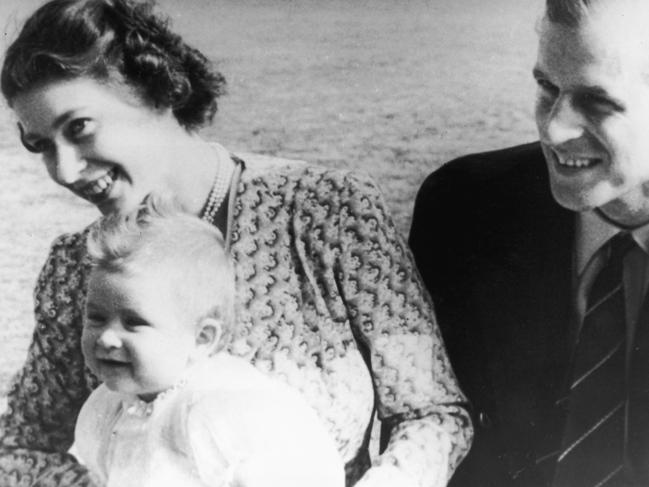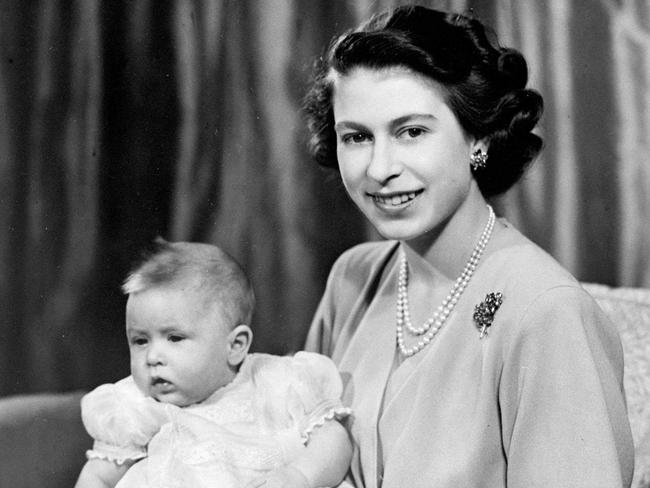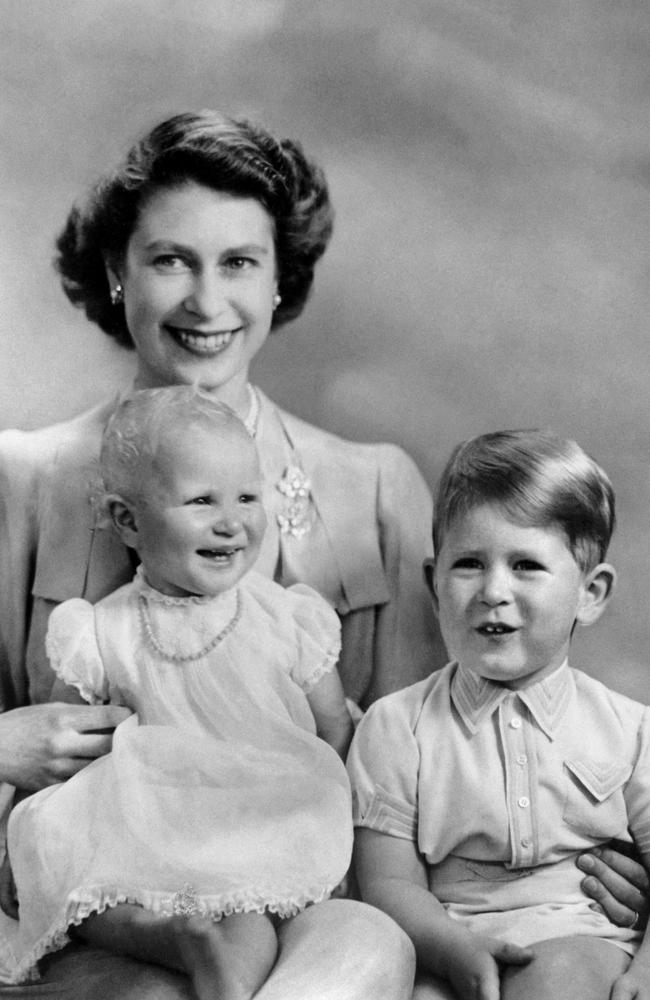King Charles’ childhood secrets, and how his birth changed the monarchy
Prince Charles’ birth ended an archaic practice in the monarchy — and his childhood was not as perfect as onlookers might think.
Royals
Don't miss out on the headlines from Royals. Followed categories will be added to My News.
Almost exactly one year after their wedding, on November 14, 1948, Elizabeth gave birth to her first child and heir, Charles, in Buckingham Palace.
He was born by caesarean section and this time, the future queen had no government official in residence, ending the archaic practise of the Home Secretary being at the birth of royal babies.
Neither was Philip there, as was the custom of the day, he played a game of squash instead and bounded up to the room afterwards, declaring Charles looked like a plum pudding.
The new family was blissfully happy, with Elizabeth saying, “I still find it difficult to believe I have a baby of my own” and she breastfed him, until she caught measles and two-month old Charles was taken away to Windlesham Moor country house in Surrey.


He would get used to being separated from his parents – when Philip was posted to Malta with the Royal navy, Elizabeth would frequently travel to be with her husband, including spending Christmas 1949 there, leaving her one-year-old son at Sandringham.


Charles would soon be joined by a sister – with Princess Anne arriving on August 15 1950.
Philip adored his boisterous little daughter, who was determined and sporty like her father and unlike her sensitive older brother.
“There are those who are close to the Royal Family who believe that not only should she have been born a boy, but that she should also have been the eldest. Philip was one who held that view,” says royal biographer Ingrid Seward.
Originally published as King Charles’ childhood secrets, and how his birth changed the monarchy



